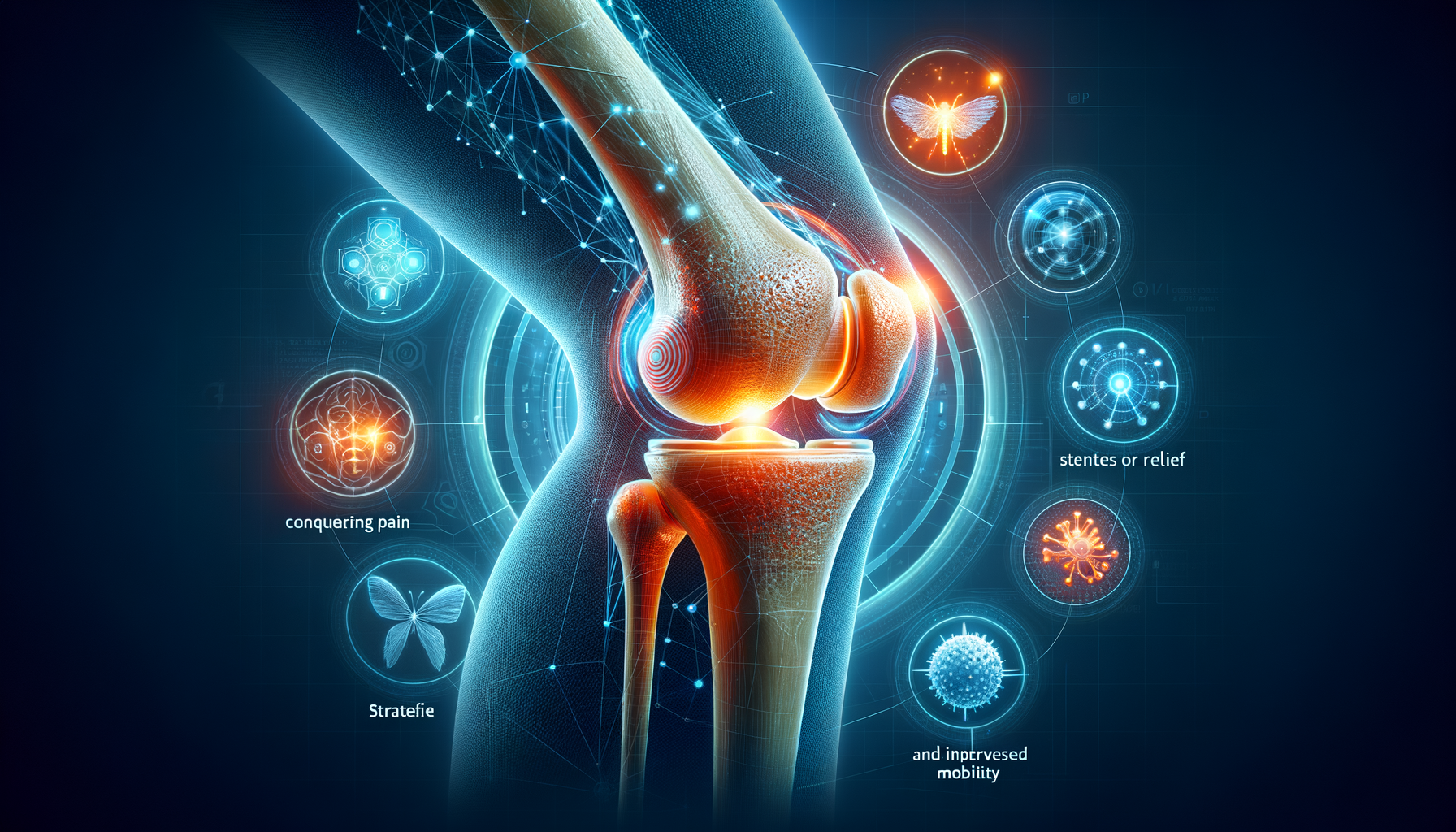Conquering Knee Pain: Strategies for Relief and Improved Mobility
Knee pain is a prevalent issue that can hinder movement and limit your activities. Whether caused by injury, arthritis, or overuse, addressing knee pain effectively is essential for maintaining an active lifestyle. This article provides insights into relief strategies, including exercises, braces, and professional treatments, to help you manage knee pain and enhance your mobility.

Understanding the Causes of Knee Pain
Knee pain is a common complaint that affects people of all ages and can stem from a variety of causes. Understanding these causes is crucial for effective treatment. One primary cause is injury, such as a torn ligament or meniscus. These injuries often occur during sports or physical activities and can result in significant pain and swelling. Another common cause is arthritis, particularly osteoarthritis, which is characterized by the degeneration of cartilage in the knee joint. This condition is prevalent among older adults but can also affect younger individuals. Overuse is another factor, often seen in athletes or individuals with physically demanding jobs. Repetitive stress on the knee can lead to conditions like patellar tendinitis or bursitis. Moreover, obesity can exacerbate knee pain by putting additional stress on the joints. Understanding these causes helps in tailoring the right treatment approach, which may include lifestyle changes, physical therapy, or medical intervention.
Non-Surgical Treatments and Lifestyle Modifications
For many individuals experiencing knee pain, non-surgical treatments can offer significant relief. These methods focus on reducing pain and inflammation while improving joint function. Rest and ice are often the first steps in managing acute knee pain, helping to minimize swelling and discomfort. Over-the-counter pain relievers, such as nonsteroidal anti-inflammatory drugs (NSAIDs), can also be beneficial. Physical therapy plays a crucial role in non-surgical treatment, with exercises designed to strengthen the muscles around the knee, improve flexibility, and enhance balance. Weight management is another critical aspect, as losing excess weight can reduce the strain on the knee joint. Additionally, using supportive devices like knee braces or orthotic shoe inserts can help stabilize the knee and alleviate pain. Lifestyle modifications, such as incorporating low-impact activities like swimming or cycling, can also contribute to long-term knee health.
The Role of Exercises in Knee Pain Management
Exercise is a powerful tool in managing knee pain and improving overall joint health. A well-structured exercise program can strengthen the muscles surrounding the knee, providing better support and reducing the risk of further injury. Strengthening exercises, such as leg lifts and hamstring curls, target specific muscle groups to enhance stability. Flexibility exercises, including stretching routines, help maintain a full range of motion and prevent stiffness. Balance exercises, like standing on one leg, can improve proprioception and reduce the likelihood of falls. It’s important to start slowly and gradually increase the intensity of exercises to avoid aggravating the knee. Consulting a physical therapist or a fitness professional can ensure that exercises are performed correctly and tailored to individual needs. Regular exercise not only alleviates knee pain but also contributes to overall physical fitness and well-being.
When to Consider Medical Interventions
While many cases of knee pain can be managed with non-surgical treatments, there are instances when medical interventions become necessary. Persistent pain that does not improve with conservative measures may require a more in-depth evaluation by a healthcare professional. Imaging tests, such as X-rays or MRIs, can provide detailed insights into the underlying issues. In some cases, corticosteroid injections can offer temporary relief by reducing inflammation within the joint. Hyaluronic acid injections are another option, aiming to lubricate the knee joint and improve mobility. For severe cases, particularly those involving significant structural damage or advanced arthritis, surgical options like arthroscopy or knee replacement may be considered. It is essential to discuss the benefits and risks of these interventions with a healthcare provider to make informed decisions based on individual circumstances.
Complementary Therapies and Holistic Approaches
In addition to conventional treatments, complementary therapies can play a supportive role in managing knee pain. Acupuncture, for example, has been shown to provide relief for some individuals by stimulating specific points on the body to alleviate pain. Massage therapy can also be beneficial, reducing muscle tension and improving circulation around the knee joint. Herbal supplements, such as turmeric or ginger, are often used for their anti-inflammatory properties, although it’s important to consult with a healthcare provider before starting any new supplement. Mind-body practices, such as yoga and tai chi, offer gentle ways to improve flexibility, strength, and balance while promoting relaxation. These holistic approaches can enhance the overall effectiveness of knee pain management strategies, providing a well-rounded approach to treatment.